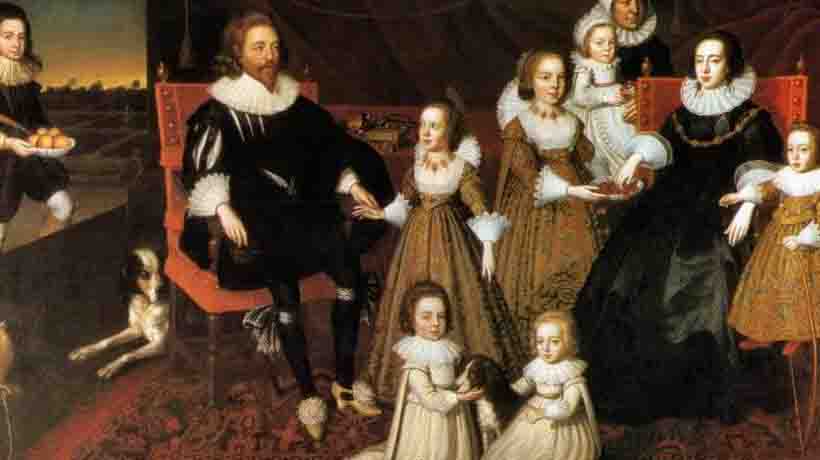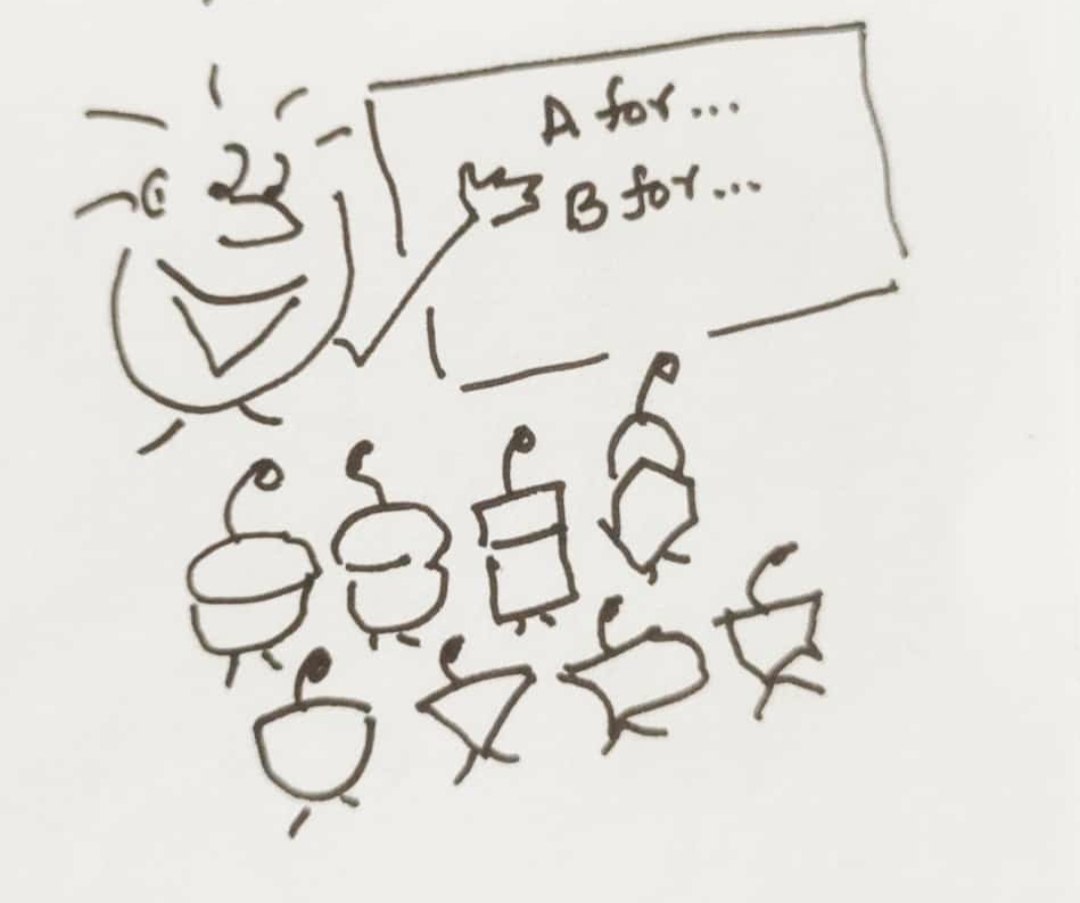Trending Now
- 830 voters names go missing in Kavundampalayam constituency
- If BJP comes to power we shall consider bringing back electoral bonds: Nirmala Sitaraman
- Monitoring at check posts between Kerala and TN intensified as bird flu gets virulent in Kerala
Education
The times when men wore dresses and there was no ‘pink for girls and blue for boys’!
![]() March 29, 2018
March 29, 2018
It has been said the clothes make the man. Whether it’s true or not still remains unanswered but as we all know that as a society is aware that appearance is everything, it’s the main thing many people see when taking a glance at somebody.
Unknowingly, more often than we care to admit, we judge individuals by what they wear or how they look like. It’s in our tendency and there’s nothing we can do about it. In a way, it’s sort of an unwritten rule: if you want to make a killer first impression, you’ve got to look good.
When it comes to clothing in general, most of us remain confined by the norms and principles that define our gender. It’s a distinction made in the broadest spectrum possible. For instance, we often make those stereotypical colour associations that relate to gender like blue for boys, pink for girls.
HOW DID THE DISTINCTION BEGIN?
Gender identification by colour began in the early 20th century in the West. Before this, pink and blue did not hold any gender-specific connotations and there are numerous examples of boys wearing pink outfits and girls wearing blue, one French author, Xavier de Maistre in his work, A Journey Around My Room, published in 1794, wrote that men chose to paint their rooms pink and white to improve their mood.
Fast forward to the early twentieth century and this started to change. When it did, beginning just before the 1920s, pink was considered by numerous guides to be more suitable for boys and blue for girls, despite the fact that this wasn’t even remotely as well known as the “pink is for girls, blue is for boys” affiliation that exists today, numerous people totally disregarded the gender recommendations by and large.
In 1927, Time magazine printed a chart highlighting gender-appropriate colours for girls and boys according to leading U.S. retailers. Filene’s (Boston), Best & Co. (New York), Halle’s (Cleveland), and Marshall Field (Chicago) all advised parents to dress boys in pink and girls in blue.
WHY DID THEY CARE AT ALL?
It is generally thought it was simply because if parents followed such a colour scheme, they would have to buy a whole new wardrobe and set of baby accessories in the “appropriate” colours if they had a boy and a girl at some point, rather than just going with reusing the one set for both as before.
SO WHAT DID PEOPLE DO BEFORE THIS COLOUR ASSOCIATION?
Prior to the invention of cheap chemical dyes that allowed clothes to be washed in hot water over and over again with minimal fading, most infants were simply dressed in white for everyday life and sometimes in random colours for more formal occasions, with no one colour being favoured for boys or girls.
Regardless of colour, in both cases, they wore dresses.
BUT WHY WEAR DRESSES?
As indicated by most records, pictures, and photographs, up until the age of seven, gender was obviously not something that guardians gave careful consideration to. The clothes worn by boys and girls were nearly identical, indistinguishable from one another.
Even some of the most famous individuals of the 20th century, including Ernest Hemingway and Franklin D. Roosevelt, had their picture taken wearing white skirts that were considered gender-neutral for the time period.
Many people would find this practice peculiar today and see it as feminine. However, the clarification behind why this was done the way it was is exceptionally straightforward and it is because of practical reasons.
Imagine being a parent in an era when zippers were yet to be invented and the pants that were available were too complicated making it almost impossible for a boy to put them all by himself. Victorian-era parents found a way out of it which was very effective.
Dressing boy toddlers in dresses made the process of potty training significantly easier and much more flexible. Parents were able to change the toddler’s diapers without the need of undressing them. Just lifting their skirts up would suffice. Additionally, the flexibility of the dresses allowed them to be worn from infancy to about age six or seven.
WHEN DID THE TREND START FADING?
The fashion trend of boys in dresses slowly died out. By the 1920’s, most boys and some girls were dressed in a “romper,” a one-piece jumper pantsuit. Some “child experts” then became concerned that dressing girls in pants would somehow destroy their femininity.
























